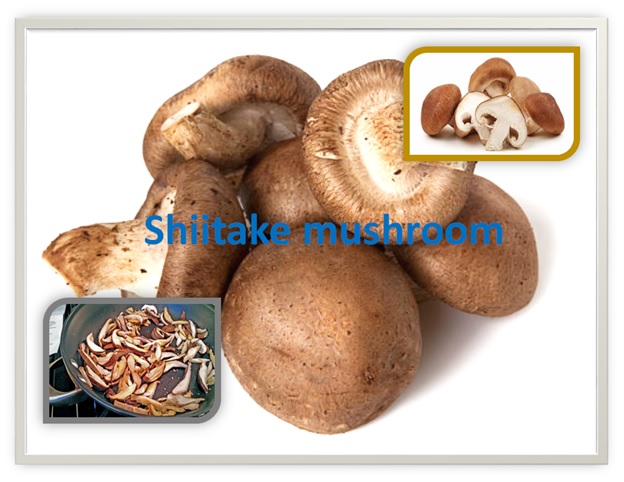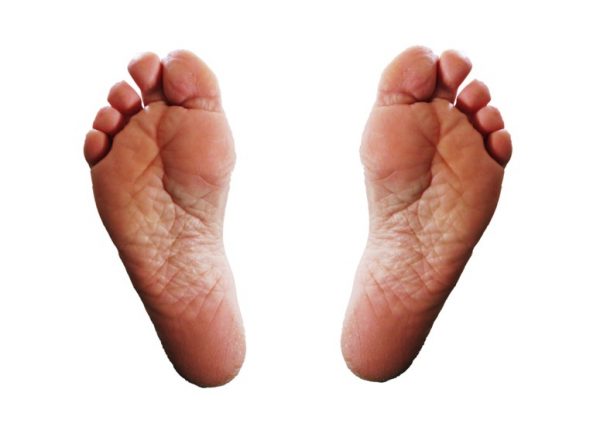Parents who have young children – babies and toddlers often cancel their trips to avoid difficulty of traveling. When you have infants, you have plenty of reasons why you don’t want to travel with young ones. It can be kids getting sick or holding baby in hand all time or kids may become grumpy, or kids food allergy etc. Sometimes the comfortability becomes a question mark and toddlers who are active might find it difficult to sit in a place. Some of the below mentioned travel tips are for parents who have babies and toddlers.
Get ready with separate bag for children : Pack all necessary items for children. Take extra set of clothes, socks, caps, blanket, any medicines, first aid kit, milk bottles, favorite toys, baby food, allergy precautions and medicines etc. should be in the kid’s bag. Keep list of phone numbers all the time with you including your pediatrician and family physicians phone number.
One carry-on bag should have extra set of clothes and stuffs that might needed in case your luggage is lost.
Use seat belt : Whether you travel by air or by other means of transportation, fasten the seat belt for your child. This keeps them safe. Baby should ride in the back seat always and use car seat.
Do not feed child in moving car: Moving vehicle can bother child’s system and they might end up throwing food. Instead, take brake and stop cars in proper resting area and feed the baby. During air traveling carry baby food in your carry bag and feed baby when it is needed.
Keep child engaged: Carry familiar books, CDs and toys. If child gets bored these items might help. If you are traveling near agriculture field or places where you can see interesting things, show it to child. This helps them to understand nature and it attracts their attention.
Shade screen: Carry shade screen with you. It helps children to be under shadow during traveling and they might go to sleep.
Protect ears and eyes: The pressure that is built inside plane can harm your child ears. Sucking pacifier, sippy cups or milk bottle helps to give relief from sounds and air pressure built up. Use proper hat and child sun glass if needed to protect eyes.
Take sunscreen cream: Apply proper SPF for child in case you are planning trip to hot area. Talk to your pediatrician and get recommendation for the good SPF cream.
Hygiene should be the strength: Carry wet wipes, good quality diapers, water bottles, sanitizers. Carry one or two extra carry on bags or trash bags to bring back dirty clothes. Wash pacifiers and bottles using warm water. Many restaurants and hotels will accommodate this as a curtesy service. During air travel ask staff in the plane to help with this.
Snacks and fluids: Carry plenty of snacks and fluids with you. If you are traveling by air and cannot carry fluid in security checks, then buy small bottles after you go through security checks. Many air ports have good facilities for food and juices. Traveling by train, bus and car makes it little easier as there is no such restriction to carry fluids necessary for babies. Don’t give regular water to baby. Buy water from the reliable source and keep couple of water bottles only for the baby.
Stroller and baby carrier: Carry stroller which you will find it very helpful. Now a days new type of strollers are available in market. Some even have suitcases that are perform dual function – stroller and suitcase. Don’t forget baby carrier which makes it easy to carry baby wherever you go.
Napping: If baby feels sleepy and you don’t want to spend time in hotel, take baby in light weight stroller outside. Go for a drive to scenic view or play with child outside. This helps child to go to bed during appropriate hours. Do not go for long trips when you are visiting places with your little ones.
Carry technology with you: Take all your gadgets – smart phones, dvd player, kids movie CDs etc to keep them engaged and entertained. Take battery power pack, chargers etc with your other stuffs.
While traveling with children is fun, make sure they feel the same way. Keep them engaged, happy and show them what is family fun means. Plan well, pack all stuffs without forgetting (make a list of items) and stick to a proper schedule.
www.werindia.com
Image credit: Photo by Tatiana Syrikova from Pexels (Free for commercial use)









